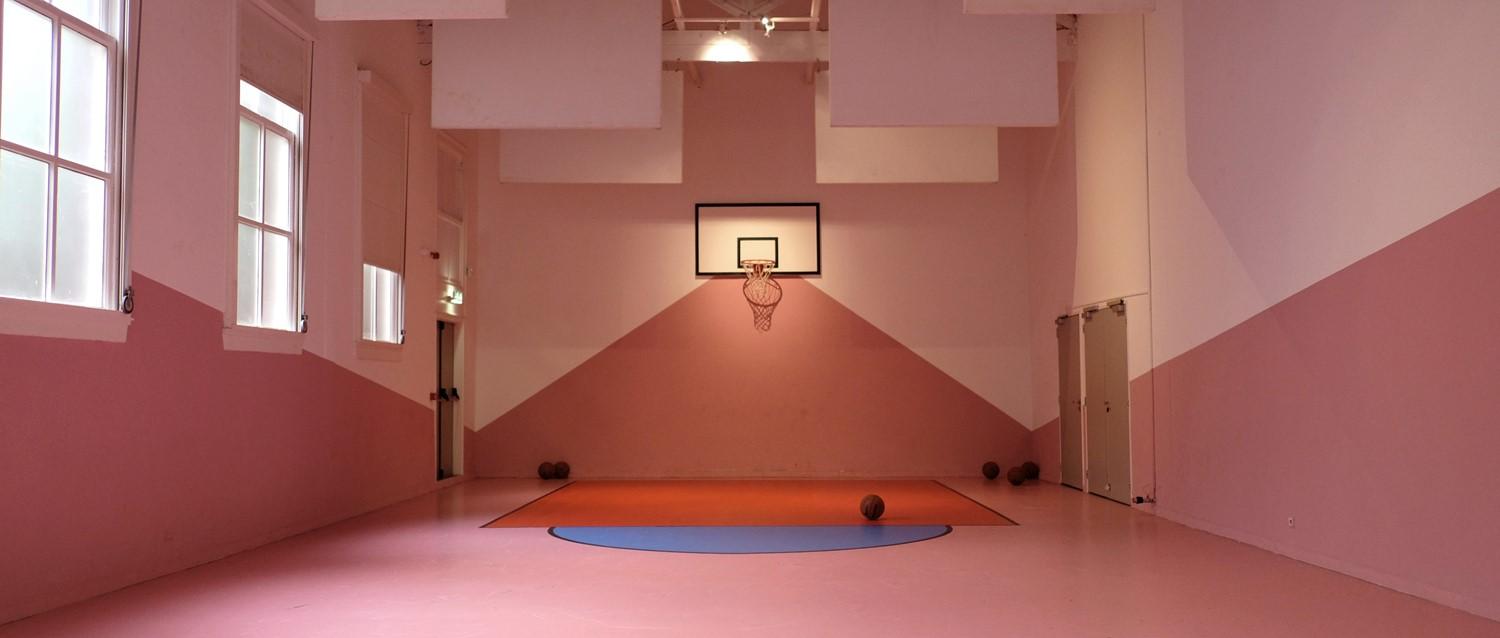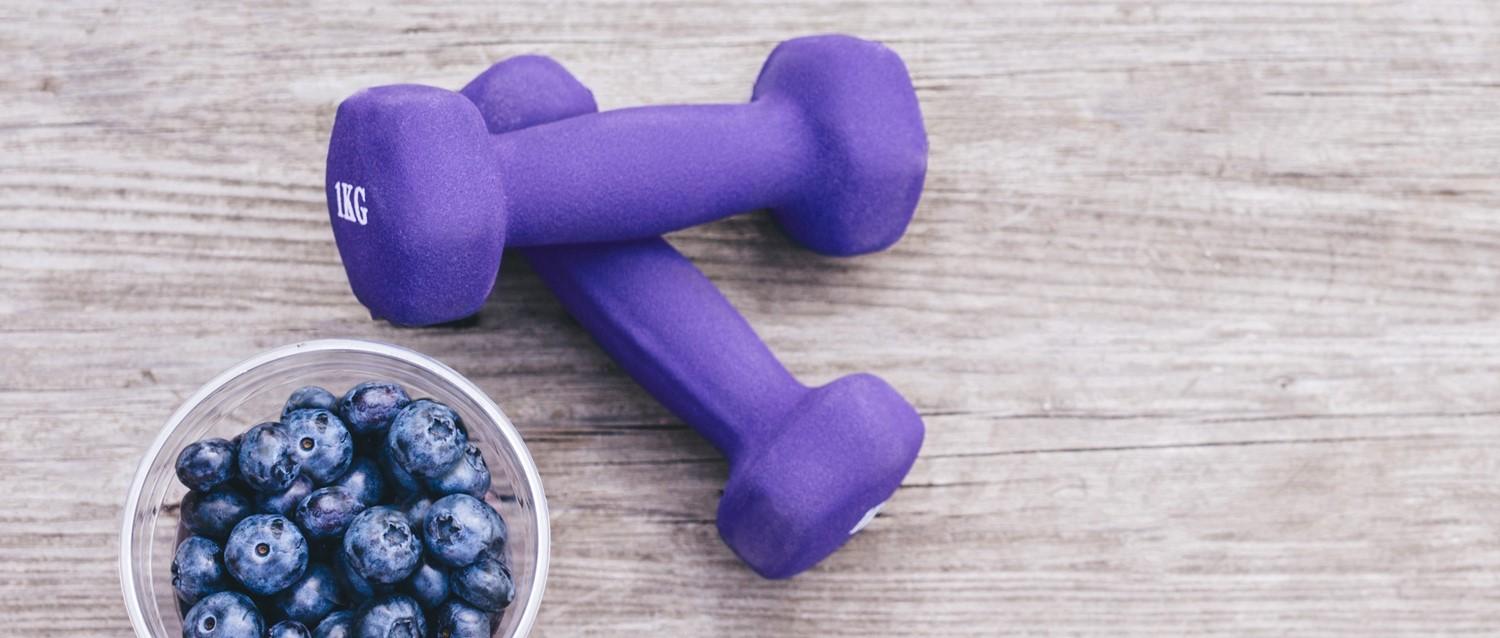
How to exercise with a physical disability
Peer reviewed by Dr Sarah Jarvis MBE, FRCGPAuthored by Ginny WeeksOriginally published 20 Feb 2019
Meets Patient’s editorial guidelines
- DownloadDownload
- Share
- Language
- Discussion
When you have limited mobility, keeping fit and active can feel more difficult, but it doesn't have to be this way. Here are some simple expert tips on how to improve your fitness if you are disabled.
In this article:
Physically disabled people make up a fifth of Britain's population, almost 14 million people, but they are currently the least active group in society. According to Sports England, disabled people are twice as likely to be inactive as able-bodied people. This is despite a recent report that found that 83% of people with a physical disability would like to be more active and think it's important.
Continue reading below
The benefits of exercise for disabled people
Being active has a wide range of benefits, from reduced cholesterol, blood pressure and heart disease, to better joints, improved mental health and maintaining a healthy weight. These elements are even more important for those with a physical disability as inactivity increases the risk of conditions such as heart disease. As a consequence many physically disabled people need to actively pursue a more aggressive plan towards fitness, says GP Dr Jeff Foster.
"Depending on the physical disability, certain limbs or parts of the body may have limited use, meaning they are more prone to contractures, muscle wasting and long-term immobility and loss of function. Therefore in addition to physiotherapy, staying fit can help reduce these risks," he says.
Finally, there are social and mental health benefits that come with being fit - it releases endorphins and promotes a better sense of well-being.
"In patients with any chronic medical problem there is an increased risk of low mood or depression, and fitness is a positive and natural way to help minimise this problem."
Fitness also helps to create a community of like-minded people, providing a fun social activity that brings disabled people and able-bodied people together.
How to improve your fitness if you're disabled or have mobility issues
After a period of inactivity, it can sometimes feel like a challenge to know how to start an exercise regime, especially with a physical disability. Dom Thorpe, a personal trainer who specialises in disability training, shares his advice and top tips.
Start by using your body weight as an effective tool for exercise, he suggests. By utilising your day-to-day environment you can improve your fitness and overall health. For example, you might struggle to transfer from chair to bed.
"Turn this into an exercise," he explains. "Instead of simply doing it as a means to an end, do it five times every time you do it and you'll get better."
Don't be put off if it's challenging. With regular practice, you'll find it easier and your strength will improve. Make the most of things around the house like your wheelchair or support rails - you can use these for pushing and pulling which will work your upper body.
If you have physical disabilities it's likely you'll be doing fewer daily activities and will burn fewer calories as a result. Try to compensate for this by ensuring that you perform structured exercise that can offset the inactivity.
Continue reading below
Five tips for fitness for disabled people
Thorpe shares his ultimate five tips for starting a fitness plan if you have a physical disability:
The same rules apply
"Understand that in most cases the same health and fitness rules apply to everyone, you just might need to adapt them a little."
Look at your diet too
"Excess weight pushes you down the ability spectrum, so adjust your calorie intake so it's in line with your activity levels. You shouldn't eat the diet of an athlete if you don't train like an athlete."
Start with the fundamentals
"Sometimes you can be alienated by high-intensity exercise classes or online workouts, which simply don't suit your body. Start with basic movements, which can be done at home, such as basic weight training moves or functional day-to-day movements."
Listen to your body
"If you have a chronic illness or suffer from fatigue, don't try and be a superhero. Start small and build it up until you know what's within your capability."
Focus on what you CAN do, not what you CAN'T do
"It's easy to be overwhelmed by floods of Instagram fitness experts whose programmes might not work for you. Remember that whatever your condition, there's always something you CAN do, if you apply sensible guidelines."
As every disability is different, there is no set fitness plan that is suitable for everyone, and it's always a good idea to speak with your GP before starting a new exercise regime.
Thorpe recommends finding what is right for you and repeating it regularly, ideally three sets of ten repetitions, a few times a week. You could start with sit to stand exercises, for example, or seated tricep dips, knee raises and back extensions. For more ideas and inspiration, his website has helpful how-to videos.
Patient picks for Exercise and physical activity

Healthy living
Should you exercise if you have a chronic illness?
Doctors and nurses are always banging on about the benefits of exercise. But sometimes, they’re actively telling you to avoid some exercise on the basis that it can do more harm than good! Read on to find out about some of the special situations where exercise comes with a C for caution.
by Dr Sarah Jarvis MBE, FRCGP

Healthy living
How to maintain your fitness New Year's resolutions
Many of us like to set New Year's resolutions, and often vow to start exercising more or become healthier. However, on average, 80% of New Year's resolutions fail by the second week of February and fitness resolutions in particular can be challenging to keep up. So, how can you maintain your fitness goals when the urge to stay in bed rather than jog to the gym on a cold January morning is just so strong?
by Lynn Stephen
Continue reading below
Article history
The information on this page is peer reviewed by qualified clinicians.
20 Feb 2019 | Originally published
Authored by:
Ginny WeeksPeer reviewed by
Dr Sarah Jarvis MBE, FRCGP

Ask, share, connect.
Browse discussions, ask questions, and share experiences across hundreds of health topics.

Feeling unwell?
Assess your symptoms online for free
Sign up to the Patient newsletter
Your weekly dose of clear, trustworthy health advice - written to help you feel informed, confident and in control.
By subscribing you accept our Privacy Policy. You can unsubscribe at any time. We never sell your data.